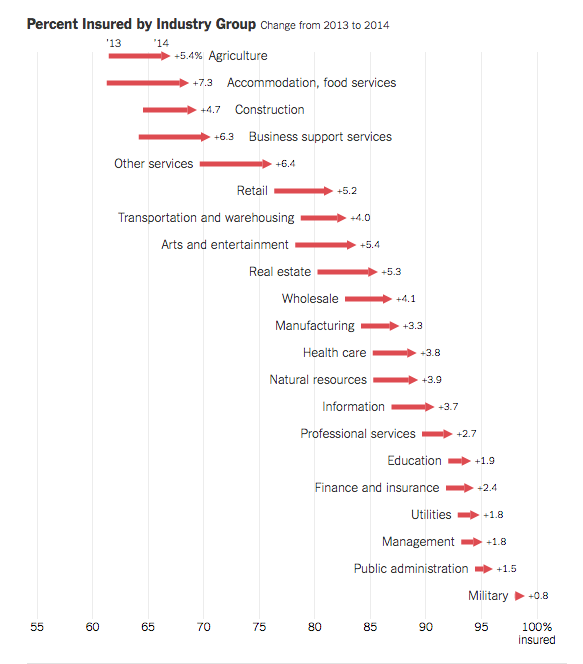Happy Monday! here’s a few items you may have missed.
King v CompPartners – the California case may have implications for UR, IMR, and the “exclusive remedy” foundation of worker’s comp.
Here’s a very brief summary (see url above for more detail).
- The underlying issue – did CompPartners’ UR reviewer do the right thing? is not in question. The treating doc’s request was appropriately rejected as it was inconsistent with California’s evidence-based treatment guidelines.
- However, the patient allegedly suffered seizures due to sudden cessation of the medication, and contended that the UR physician had a “duty of care” to inform the patient of that risk and recommend a weaning process.
- The plaintiff took the case outside the work comp judicial process to civil court, where he lost. It then went to Appellate Court, where the ruling raised this “question”: could Utilization Review be considered medical treatment, and the reviewer a treating provider?
- This is contrary to all work comp precedent; the case is now before the State Supreme Court, which has stayed the Appellate Court’s ruling pending a decision.
Implications – talking to those who know better than I, the Supreme Court will likely reject the Appellate Court’s validation of civil court as an appropriate venue for the case, thereby reaffirming the “exclusive remedy” inherent in workers’ comp.
One issue that strikes me about this case; as the medication in question was prescribed by a physician for a condition deemed not covered by workers’ comp, why did the patient not a) pay for the medication himself or more likely b) get his health insurer to cover the script?
This would have allowed the patient to continue taking the drug and avoid the health issues experienced by the patient allegedly due to suddenly stopping the medication.
If you are in ChicagoLand and/or looking into value-based networks, read this. Really interesting piece on how a big provider system thinks about narrow networks, contracting, and what it wants to get paid for high-end services. And will “eat” on commodities, such as MRIs for $100.
Here’s a shocker – media is all over reports on how chocolate helps athletes – even if the underlying study is pretty much nonsense. A much more important study that determined a very common spinal procedure is fraught with danger and likely counter-productive – was all but ignored.
From HealthNewsReview:
“Provocative discography” is a diagnostic procedure that’s used up to 70,000 times a year in the United States at great cost to the health care system. It’s commonly performed on patients with so-called “degenerative disc disease” who are considering spinal fusion surgery — a $40 billion per year industry”
If you have to rely on MCM to hear about critically-important research, there’s something really wrong with the mass media.
Looking forward to NCCI next week; will be on a panel moderated by Peter Burton with Mark Walls and Bob Wilson discussing regulatory issues.
Hope to see you there.


